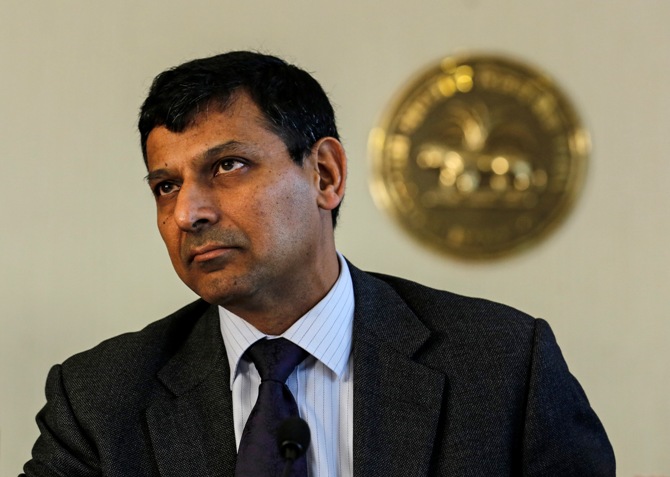
The worst might be over for the economy following the formation of a stable government, though supply-side issues needed to be solved to help monetary policy bring down inflation, the Reserve Bank of India said in its bi-yearly Financial Stability Report on Thursday.
The overall tone of the report reflected optimism generated by the thumping majority scored by the Bharatiya Janata Party in the recently-concluded general elections.
“Going forward, with the formation of a stable government, the prospects of recovery appear bright,” the RBI said.
. . .
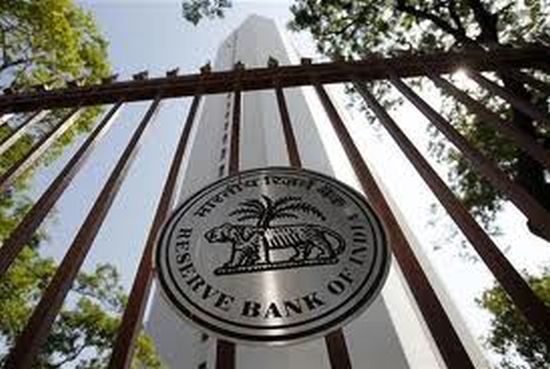
The central bank drew comfort from reduction in both fiscal and current account deficits and moderation of consumer price index-based inflation.
The report also said the general risks facing the Indian economy were expected to come down.
However, the supply-side constraints needed to be addressed to complement the RBI’s efforts to contain inflation.
“Markets expect more decisiveness in government policy formulation, as well as greater efficiency in implementation,” RBI Governor Raghuram Rajan said in the foreword to the report.
. . .
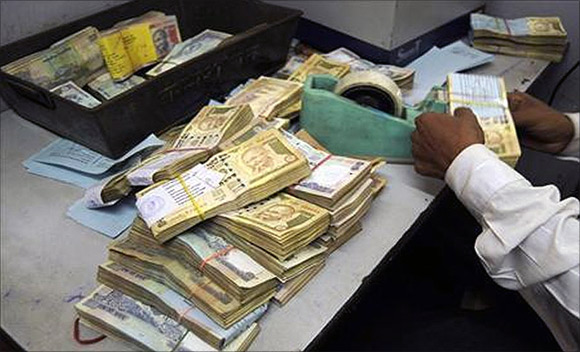
“Further progress on fiscal consolidation, a predictable tax and policy regime and low and stable inflation rates will be the key anchors in promoting India’s macroeconomic and financial stability,” Rajan added.
RBI said easing of domestic supply bottlenecks and the progress on implementation of stalled projects that had already been cleared should further improve the growth outlook.
The economic prospects are looking bright but the banking sector continues to face headwinds, though there was a marginal improvement in asset quality in the second half of last financial year.
The central bank added while the Indian financial sector remained stable, public-sector banks continued to face challenges in terms of asset quality, profitability, capital, and, most importantly, governance and management processes.
. . .
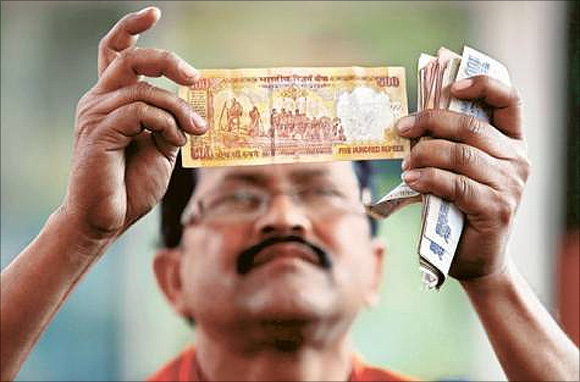
According to RBI data, the share of both gross and net non-performing assets in total assets declined as of March end, compared with that towards the end of September.
While gross NPA’s share in total declined 20 basis points to four per cent, net NPA’s declined 10 bps to 2.2 per cent during the period under review.
Sale of NPAs to asset reconstruction companies in March was cited as a reason for a decline, though lower slippages and higher recovery was also evident.
The report showed public-sector banks’ profitability was under significant pressure as their net profit contracted 30.7 per cent during the six-month period, compared to an increase of 19.7 per cent among new private banks.
. . .
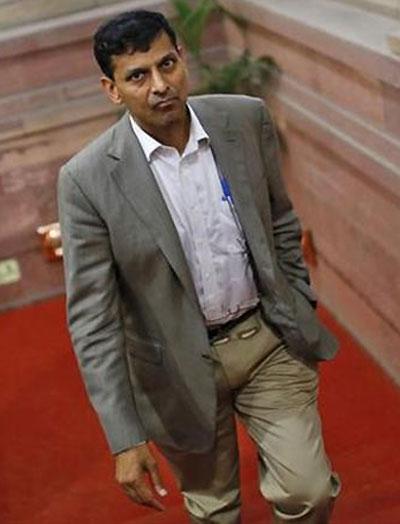
The poor show by public-sector banks was mainly due to lower income and higher provisioning requirements.
So far as the capital adequacy ratio is concerned, while there was a marginal improvement during the six-month period on the back of a sharp contraction in risk-weighted assets (which fell to 12.6 per cent in March from 24.7 per cent), public-sector banks stare at raising enormous capital over the next five years.
The report estimates that public-sector banks will require at least Rs 4.15 lakh crore (Rs 4.15 trillion) of additional capital -- Rs 1.43 lakh crore (Rs 1.43 trillion) of that as equity capital -- till 2018 for implementation of Basel-III norms.
. . .
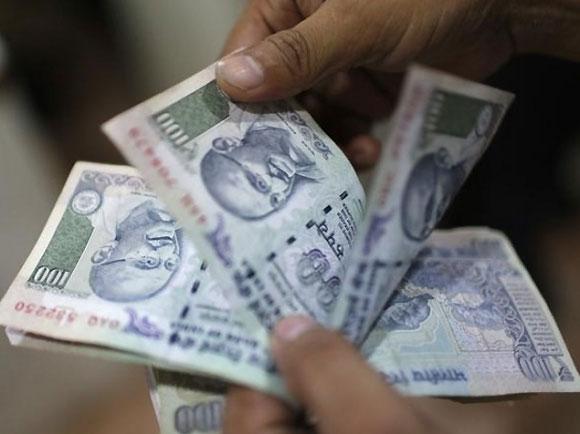
The government’s contribution to public-sector banks’ equity capital to maintain the existing level of its stake is estimated at Rs 90,000 crore (Rs 900 billion).
It will be a challenge for the government, which has to be mindful of fiscal consolidation too, to infuse this large a sum.
The report said high inflation and the consequent low real rate of return on financial assets might force savers to assume excessive risks in their search for better returns.
The share of households’ financial savings (which includes bank deposits) in gross domestic product has been declining.
But expenditure on valuables (including gold) has risen over the past few years -- though it declined in 2013-14.
. . .

Household financial savings’ contribution to GDP declined from about 12 per cent in 2007-08 to about seven per cent in 2013-14.
Expenditure on valuables rose from about seven per cent to about 10 per cent.
“This trend reflects financial disintermediation, with households switching away from financial savings to valuables, mainly gold,” the report said.
Further, gross capital formation declined for a second straight year in 2012-13.
This decline in GCF was led by the private corporate sector, thereby adversely impacting the growth prospects of the economy.
The central bank also emphasised the need for developing the corporate bond market and said removing hindrances in this market should be ‘top policy priorities’.
It added the central bank might choose to relax the rules for mandatory minimum holding in bonds -- referred to as statutory liquidity ratio -- and the proportion of bonds which need not be marked to market gradually, as banks progressively implemented the Basel III liquidity coverage rules.